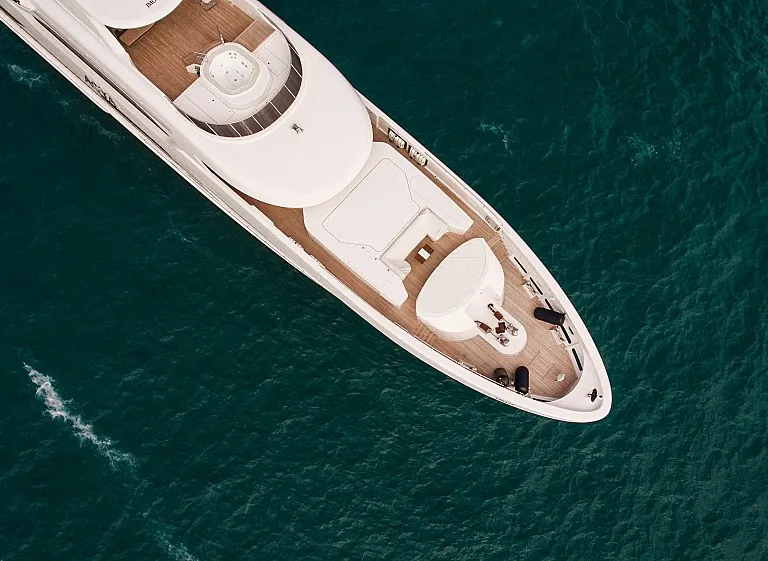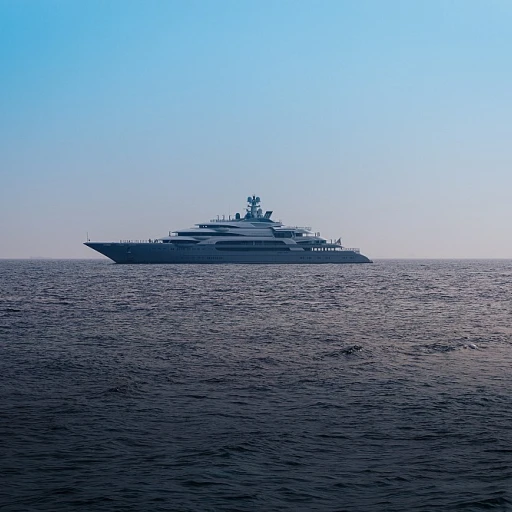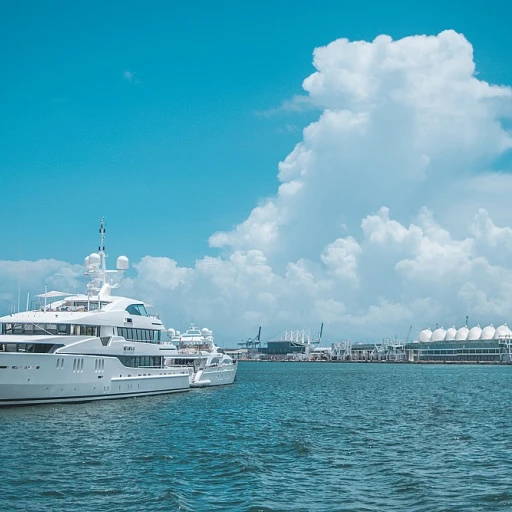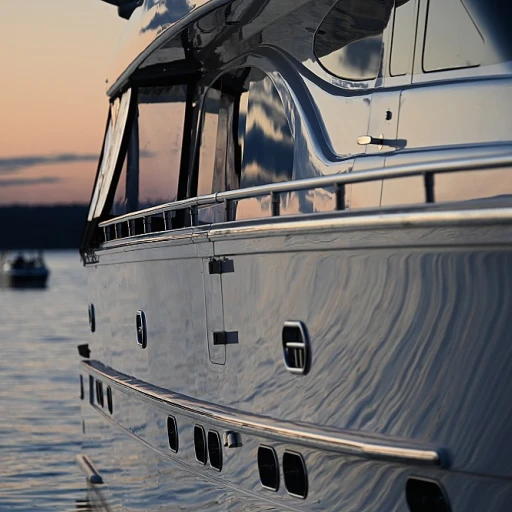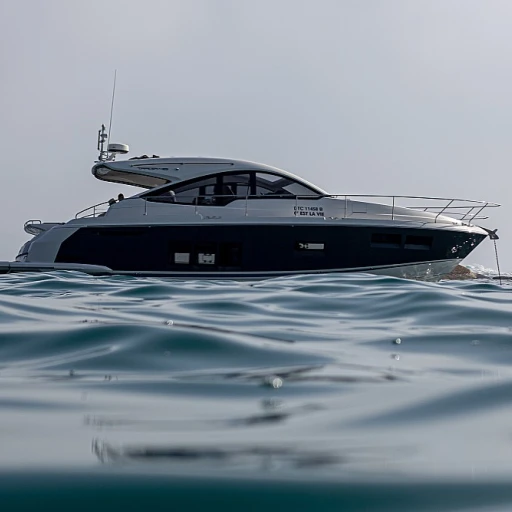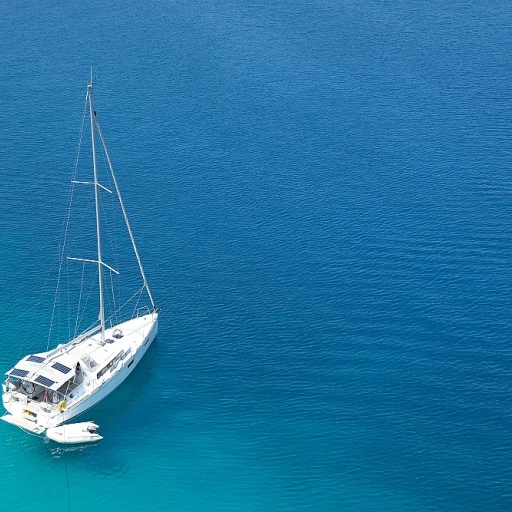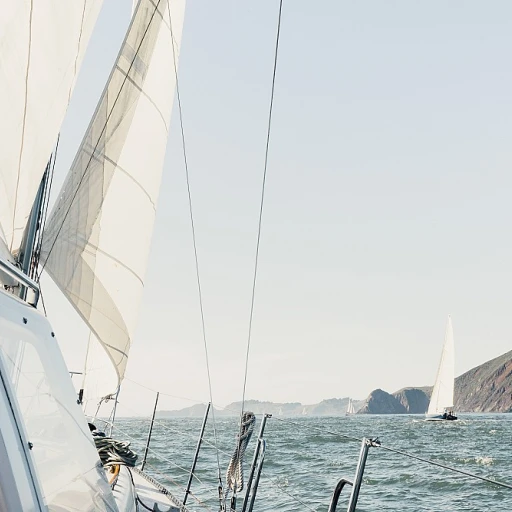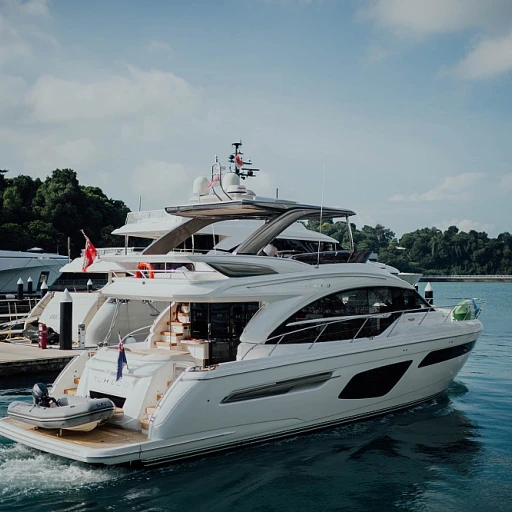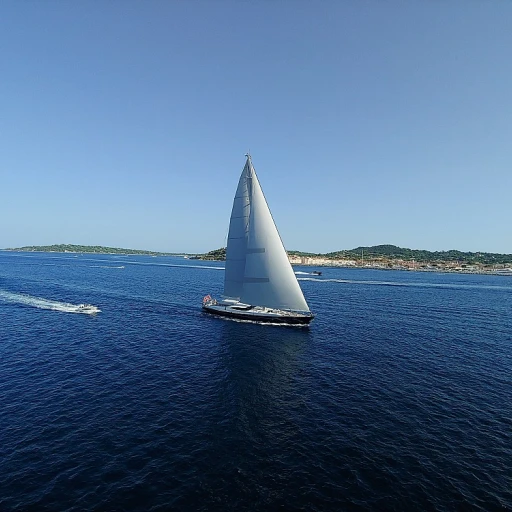-large-teaser.webp)
The Importance of Marine Gearboxes
Exploring the Significance of Marine Gearboxes for Yacht Performance
In the realm of yachting, achieving optimal performance is contingent upon numerous factors, and marine gearboxes play a pivotal role in ensuring a seamless connection between the engine and the propeller. The efficacy of a yacht’s movement through water heavily relies on the efficiency of its marine transmission systems, including the critical interplay between the marine gearbox and the engine. This intricate machinery is responsible for managing and transferring power, directing it from the engine to the output shaft, ultimately driving the propeller. Marine gearboxes are designed to handle a wide range of loads and conditions, necessitating robust construction and precise engineering. They are integral in controlling the vessel's speed and power throughout various marine environments, thus affecting fuel consumption and overall efficiency. Different models, such as those compatible with Caterpillar Cummins or Beta Marine systems, offer varied transmission ratios that can significantly influence the yacht’s performance. The role of marine gearboxes extends beyond merely facilitating motion. Their design encompasses critical features like reverse reduction capabilities, allowing for smooth and controlled maneuvers in confined spaces. Furthermore, selecting an appropriate gearbox involves understanding the details of engine specifications, including whether the yacht operates with a diesel engine or an electric motor. Proper alignment of these components is essential to avoid potential issues during navigation. Among the various types of marine transmissions, twin disc and prm marine models have gained popularity for their reliability and effectiveness in power transmission. These gearboxes provide the necessary transmission control, complementing the yacht's engine propeller system with precision-engineered accessories and components. Regular maintenance, including checking gearbox oil levels and ensuring the integrity of the output shaft, is essential to uphold performance and reduce the risk of costly repairs. For those seeking in-depth understanding and further resources on marine systems integral to yacht performance, exploring guides on essential yachting gear, such as sailing ropes, can provide valuable insights.Types of Marine Gearboxes
Types of Gearbox Systems
In the diverse world of marine engineering, understanding the different models of marine gearboxes is essential for yacht enthusiasts and professionals. Gearboxes are vital components that influence the interaction between the engine and the propeller, ensuring the transmission of power to navigate efficiently through water. Let's explore the variations in marine transmissions that cater to different needs and preferences.
A popular choice in marine gearboxes is the twin disc system, which provides a balance of reliability and performance. These gearboxes, renowned for their efficiency, are employed in both marine commercial applications and recreational yachts. Their sophisticated design offers excellent control over the output shaft, enhancing the overall efficiency of the engine propeller system.
On the other hand, the PRM marine gearboxes are well-regarded for their robust construction and ease of maintenance. These systems generally feature a reverse reduction gear ratio, which allows for greater maneuverability in tight spots, whether in marinas or during coastal cruising. The high durability and effective lubrication through proper gearbox oil management make PRM marine transmissions a preferred choice among many yacht owners.
Marine gearbox systems also include options designed for electric motors, which are becoming increasingly popular due to their lower fuel and oil consumption. These systems are celebrated for their quiet operation and lower environmental impact. As yacht design evolves, electric-powered transmissions provide a sustainable alternative for those seeking a modern solution.
For yachts equipped with beta marine, caterpillar, or cummins diesel engines, selecting a gearbox that matches the designed maximum power and fits seamlessly with the existing marine engine is crucial. These manufacturers offer a wide range of models that cater to various engine setups, ensuring optimal performance and efficiency.
Understanding these details can be pivotal in proper yacht upkeep. Consider visiting our essential guide to maintaining your yacht to ensure your marine gearbox remains in top condition, prolonging its lifespan and guaranteeing a smooth sailing experience.
Common Issues and Maintenance Tips
Addressing Common Challenges and Maintenance Practices
Even the most robust marine gearboxes require regular attention to function optimally over time. A key aspect of upkeep involves understanding the potential issues that owners might face and the best practices to mitigate these problems. Let's explore some common challenges and valuable maintenance tips.
Potential Issues:
- Wear and Tear: Over time, components like the output shaft and gear ratio may experience natural wear. This is often due to continuous usage or reliance on the engine propeller in high stress environments.
- Leaks: Gearbox oil leaks can lead to inadequate lubrication, causing increased wear and potential failure of marine transmissions.
- Noisy Operations: Unusual noises could be indicative of issues within the transmission system or may suggest excessive engine load.
Essential Maintenance Tips:
- Regular Oil Changes: Periodic replacement of gearbox oil is crucial to maintain lubrication and prevent component degradation. Use oils compatible with your commercial marine gearbox specifications.
- Check for Leaks: Routinely inspect for any signs of oil seeping from the gearbox and address any leaks promptly to avoid further damage.
- Monitor Noise Levels: Keep an ear out for any abnormal sounds during operation. Persistent noise might necessitate a detailed inspection of the gearbox marine components.
- Control Systems: Regularly test and adjust the control mechanisms to ensure they operate smoothly, particularly on twin disc and electric motor models.
- Scheduled Servicing: Adhering to a maintenance schedule provided by the gearbox model's warranty terms can significantly extend the lifespan of your marine gearbox.
- Engine Compatibility: Ensure that the gearbox model is compatible with the engine, whether it's a caterpillar cummins, beta marine, or prm marine model, to avoid unnecessary stress and wear.
Understanding these common issues and adopting a proactive maintenance approach can help yacht owners sustain the performance and reliability of their marine gearboxes. For more insights on marine designs, take a look at catamaran hull features that contribute to efficiency and stability.

